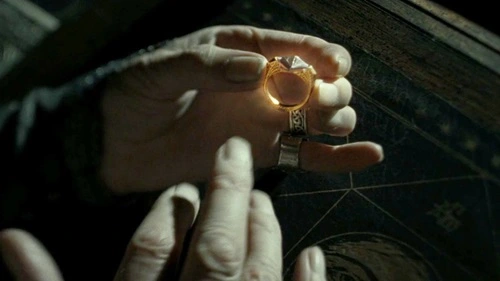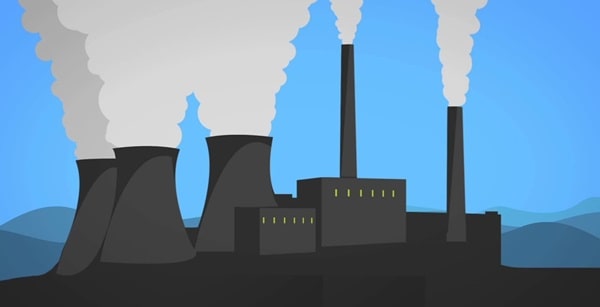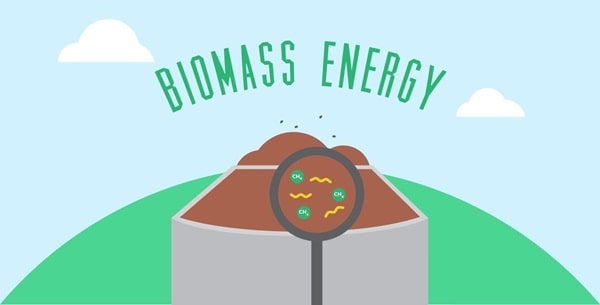In J.K. Rowling’s Harry Potter and the Deathly Hallows, Harry Potter’s choice to drop the Resurrection Stone in the Forbidden Forest is a pivotal moment, rich with thematic depth and character development. This article explores the reasons behind this decision, its implications, and the broader messages it conveys.

Understanding the Resurrection Stone
The Resurrection Stone is one of the three Deathly Hallows, alongside the Elder Wand and the Invisibility Cloak. According to legend, the stone has the power to bring back deceased loved ones, though not in their full, living form. Instead, it summons a shadow or echo of the person, who remains detached from the world of the living. This distinction is crucial, as those brought back are not truly alive and often experience discomfort in the mortal realm.
Harry’s Encounter with the Stone
Before confronting Voldemort, Harry discovers the Resurrection Stone hidden within the Golden Snitch bequeathed to him by Dumbledore. Activating the stone, he summons the spirits of his parents, Sirius Black, and Remus Lupin. Their presence provides Harry with emotional support as he prepares to sacrifice himself. After this brief encounter, Harry allows the stone to slip from his hand, leaving it behind in the forest.
Reasons for Abandoning the Stone
- Acceptance of Mortality: Harry’s journey throughout the series is marked by loss and the temptation to reverse death. By discarding the stone, he acknowledges that death is a natural part of life and that attempting to undo it can lead to greater suffering. This act signifies his maturity and acceptance of mortality.
- Avoiding the Master of Death Temptation: Possessing all three Hallows would make Harry the Master of Death. However, he understands that true mastery over death comes not from conquering it but from accepting it. By relinquishing the stone, he resists the allure of ultimate power and the potential corruption it brings.
- Preventing Future Misuse: The Resurrection Stone’s power is profound and potentially dangerous. By leaving it in the forest, Harry ensures that it remains hidden, preventing others from misusing it or becoming obsessed with resurrecting the dead, which could lead to detrimental consequences.
Thematic Implications
Harry’s decision reflects broader themes within the series:
- The Natural Order: The story emphasizes the importance of respecting the natural order of life and death. Attempts to subvert this order, as seen with Voldemort’s quest for immortality, lead to tragedy and corruption.
- Selflessness: By giving up the stone, Harry demonstrates selflessness, prioritizing the greater good over personal desires. This contrasts with characters who seek power for selfish reasons.
- Growth and Maturity: Harry’s actions signify his growth from a boy who yearned for his lost family to a man who understands and accepts the inevitability of death.
Conclusion
Harry Potter’s choice to drop the Resurrection Stone is a deliberate and meaningful act that encapsulates key themes of the series. It underscores the importance of accepting mortality, the dangers of seeking to overturn the natural order, and the value of selflessness. Through this decision, Harry exemplifies true courage and wisdom, solidifying his role as a hero not just in battle but in moral integrity.


